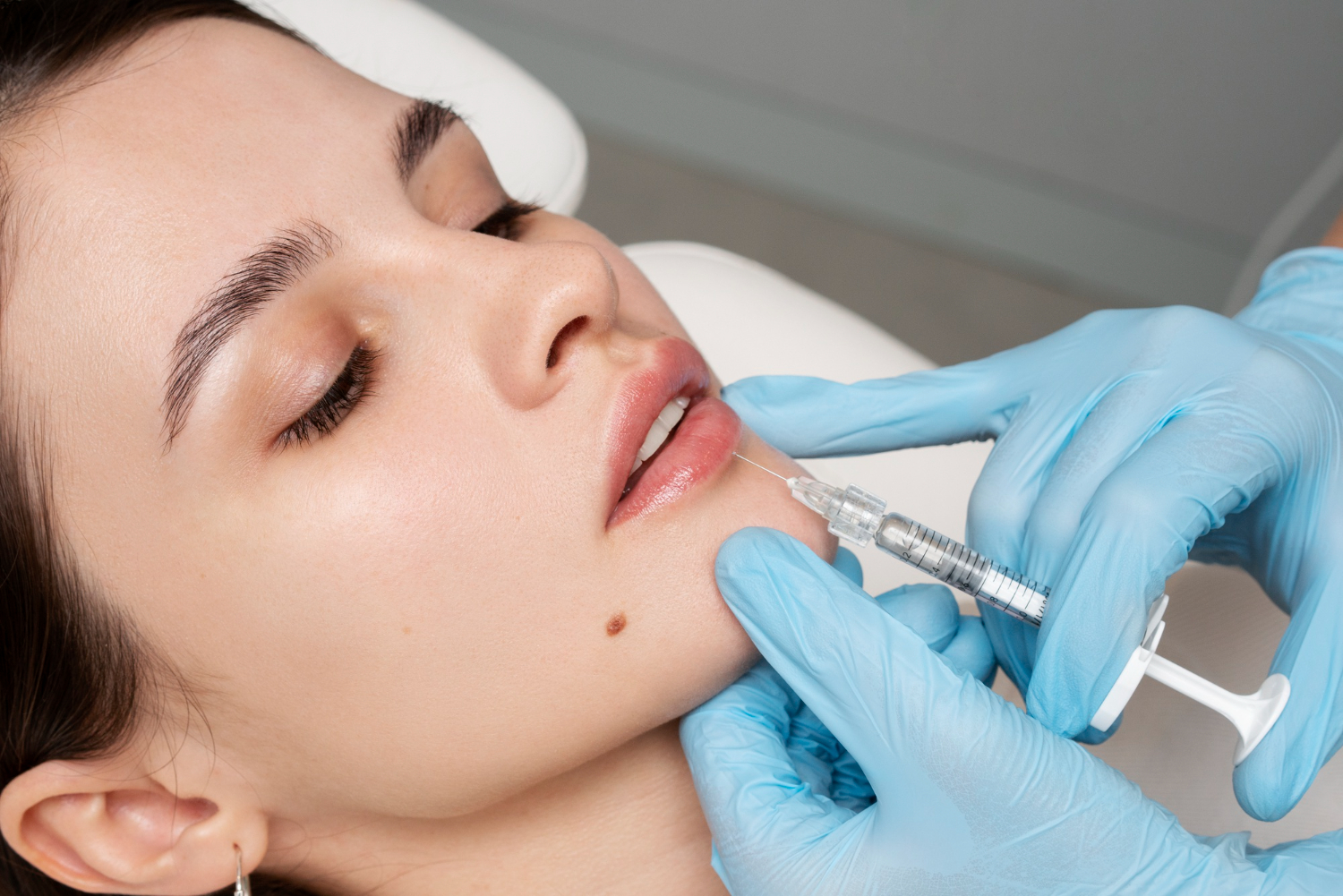Get the Lips You’ve Always Wanted: A Comprehensive Guide to Lip Augmentation Surgery
Lip augmentation surgery is a popular cosmetic procedure designed to enhance the shape, size, and overall appearance of the lips. This procedure helps address thin or asymmetrical lips, signs of aging around the mouth, and achieves personal aesthetic goals for a fuller, more defined look. Advances in lip augmentation techniques have made this procedure highly customizable, accessible, and long-lasting, appealing to a wide range of patients.
In this guide, we’ll explore the key aspects of lip augmentation surgery, including its benefits, available techniques, and what to expect before, during, and after the procedure.
What is Lip Augmentation Surgery?
Lip augmentation surgery is a procedure to increase the fullness of the lips, enhance their shape, and improve lip symmetry. There are different techniques to achieve this, including implants, fat transfer, and injectable fillers. Unlike temporary lip fillers, which only add volume temporarily, lip augmentation surgery offers more long-lasting results, making it an ideal choice for individuals seeking durable enhancement.
Key Benefits of Lip Augmentation Surgery
- Long-lasting, natural results: Depending on the technique chosen, lip augmentation can provide results that last for years.
- Customizable options: Patients can choose from a variety of techniques to achieve their desired look.
- Enhanced facial balance: Fuller lips can bring greater harmony to facial features and boost confidence.
- Improved lip shape and symmetry: The procedure can help correct asymmetry, define lip shape, and add youthful volume.
Types of Lip Augmentation Surgery Techniques
There are several methods for plastic surgery lip augmentation, each with its own advantages and levels of permanence.
1. Lip Implants
Lip implants offer a long-lasting solution for those wanting augmentation surgery for lips. This method involves placing small silicone or synthetic implants into the lips through small incisions made in the corners of the mouth.
- Benefits: Provides a permanent solution with natural-looking results.
- Procedure: The surgeon places silicone implants through small incisions made at the corners of the lips.
- Recovery: Recovery time may last a few weeks, and patients may experience some initial swelling and tenderness.
2. Fat Transfer (Autologous Fat Grafting)
Fat transfer, also known as autologous fat grafting, is a permanent lip augmentation technique that uses fat taken from another area of the body (like the abdomen or thighs) to add volume to the lips. The fat is purified before being carefully injected into the lips.
- Benefits: Ideal for individuals seeking a natural look and feel, as it uses the body’s own tissues.
- Procedure: Liposuction is used to harvest fat, which is then processed and injected into the lips.
- Recovery: Swelling may last for several weeks, but results are generally long-lasting. Some of the injected fat may be reabsorbed by the body over time.
3. Injectable Fillers
While injectable fillers are often considered a non-surgical option, they can effectively enhance the lips as a temporary form of lip augmentation surgery. Hyaluronic acid-based fillers such as Juvederm or Restylane are commonly used to add volume and definition to the lips.
- Benefits: Ideal for individuals seeking temporary enhancement, providing the option to adjust lip volume over time.
- Procedure: Fillers are strategically injected to create the desired shape and fullness.
- Recovery: Minimal downtime, with results lasting 6 to 12 months, after which touch-ups may be needed.
Permanent Lip Augmentation vs. Temporary Fillers
For those considering lip enhancement, an important question arises: Is lip augmentation better than fillers? Here’s a comparison to help decide:
Permanent Lip Augmentation
- Techniques: Lip implants and fat transfer are the main techniques for permanent lip enhancement.
- Longevity: Provides long-lasting or permanent results and is ideal for those who want to avoid frequent maintenance.
- Downtime: Surgical procedures may have longer recovery times and may involve more swelling than injectable fillers.
Temporary Lip Fillers
- Techniques: Typically involves hyaluronic acid-based fillers for volume enhancement.
- Longevity: Requires maintenance approximately every 6-12 months to sustain the desired look.
- Downtime: Minimal downtime, making it a convenient option for those with busy lifestyles or seeking flexibility in their appearance.
The Lip Augmentation Surgery Process: What to Expect
Step 1: Consultation
Before undergoing lip augmentation surgery, a consultation with a board-certified plastic surgeon or dermatologist is essential. During this meeting, you’ll discuss your aesthetic goals, review your medical history, and select the most suitable technique for your desired outcome.
Step 2: Preparing for the Procedure
Your doctor will provide instructions on how to prepare for surgery. This may include avoiding certain medications, refraining from smoking, and planning for any necessary aftercare.
Step 3: Anesthesia
Lip augmentation surgery is typically performed with local anesthesia, though some patients may prefer sedation, especially for procedures like implants or fat transfers. Injectable fillers generally require only a topical anesthetic to minimize discomfort.
Step 4: The Procedure
The procedure itself depends on the chosen method:
- Implants: Small incisions are made in the lips, and silicone implants are inserted.
- Fat Transfer: Liposuction is performed to gather fat, which is then purified and injected into the lips.
- Injectable Fillers: The doctor carefully injects the filler to achieve the desired volume and shape.
Step 5: Recovery and Aftercare
After surgery, your lips may experience some initial swelling and bruising. Your surgeon will provide specific instructions on how to manage any discomfort, reduce swelling, and care for your lips during the healing period.
FAQ About Lip Augmentation Surgery
1. What is lip augmentation surgery?
Lip augmentation surgery is a cosmetic procedure aimed at enhancing the fullness, shape, and symmetry of the lips through methods like implants, fat transfer, or fillers.
2. Is lip augmentation better than fillers?
Lip augmentation surgery can provide more long-lasting results than fillers. However, fillers offer a temporary and reversible option, making them ideal for those who want flexibility in their appearance.
3. How long does lip augmentation last?
The duration depends on the chosen technique. Implants and fat transfer typically offer long-lasting results, while fillers require maintenance every 6-12 months to sustain the look.
4. Which is better, lip filler or lip augmentation?
The decision between fillers and lip augmentation surgery depends on individual preferences. Fillers are ideal for those seeking a temporary enhancement, while surgical options provide long-term results.
Conclusion
Lip augmentation surgery is an effective way to achieve fuller, more defined lips, enhancing facial balance and boosting self-confidence. With options ranging from temporary fillers to long-lasting implants and fat transfer, patients have a variety of choices to meet their individual goals. By consulting with a skilled surgeon, you can select the technique best suited to your aesthetic preferences and lifestyle, ensuring results that align with your vision.

